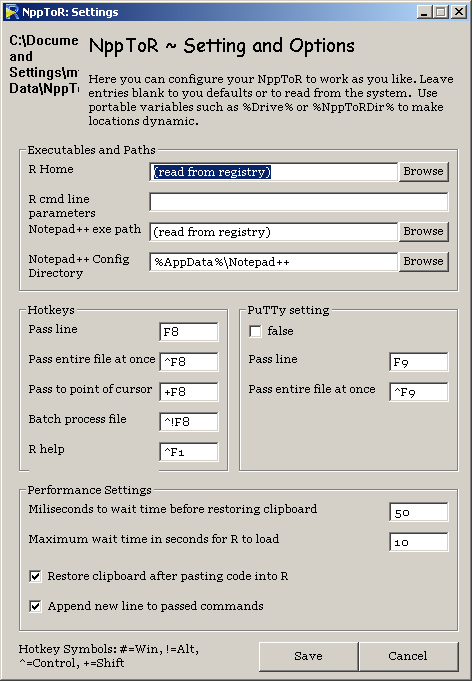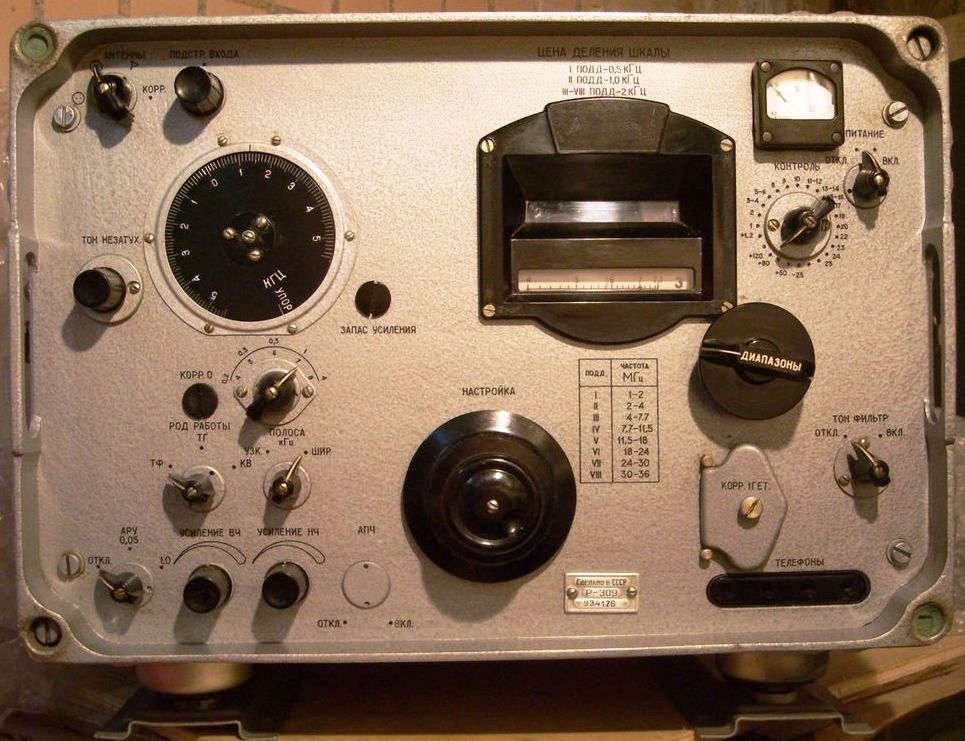

- #R running pdfinfo 309 pdf
- #R running pdfinfo 309 install
- #R running pdfinfo 309 full
- #R running pdfinfo 309 code
Runtime detector will compute a malscore. Javascript executes to the end or a critical operation occurs, the

It first tries to find the user’s private config file, /.xpdfrc. Tries to collect evidence of potential infection attempts. Pdfinfo reads a configuration file at startup.
#R running pdfinfo 309 code
Monitoring code inside will cooperate with our runtime monitor, which
#R running pdfinfo 309 pdf
When an instrumented PDF is loaded, the context The back-end component works in two steps, runtime monitoring and Tools like, this can be done easily and very fast. PDF in which the document is readable but non-modifiable, we need to The document is encrypted using an owner’s password, i.e., a mode of It and add context monitoring code for JavaScript. When a document has been decompressed, the front-end will instrument

A set of static features are extracted in this process. first parses the document structure and then decompresses the objectsĪnd streams. Phase-I Static Analysis and Instrumentation Suspicious behaviors of a PDF reader process in context of JavaScriptĮxecution and confines malicious attempts. Instrumented document is opened, the back-end component detects Parses the document, analyzes the structure, and finally instruments In Phase-I, the front- end component statically Our system consists of two major components, front-end and back-end, The following quotes and figure give insight in how their developed detection system approached malicious PDF detection. In their research-paper they introduce a context-aware approach toĭetect and confine malicious JavaScript in PDF through staticĭocument instrumentation and runtime behavior monitoring. The research is called Detecting Malicious JavaScript in PDF through Document Instrumentation. It doesn't print out the standard output from the testing commands.I did some additional searching and found an interesting research-paper (easily readable and just 12 pages). This script checks both testing commands exit status and ANY non-empty output to stderr. Qpdf -check $file) 2>&1 >/dev/null) & test -z "$stderr" So you can test the files with all or selected testing commands the following way: for file in *

Pdfimages -list file.pdf - gives exactly same errors as pdftottext
#R running pdfinfo 309 full
Every cell contains the full stderr output - double click on it to see the content. I filtered the rows by the presence of any output to stderr from ANY command for a file. I have a database of 5031 PDF files, and I have tested them with the following commands:įor the presence of any kind of output to stderr, and saved that output to the spreadsheet: There are many things to decide on, and trying different tools may be beneficial. And, finally, even if there are some errors/warnings, it depends on what that error/warning is actually about (maybe a corrupt embedded image is not a big problem for you, and you consider such PDF file as valid). It depends on what exactly you want to check.ĭifferent commands behave differently, and some exit with status 0 - even if there were some errors.Īlso it depends on whether you treat a Warning (possibly also with exit status 0) as an indication of a corrupt file.
#R running pdfinfo 309 install
For example on Ubuntu you can install qpdf using apt with the command: apt install qpdf You could also use your package manager of choice to get it. Qpdf has both Linux and Windows binaries available at. directory_to_scan/ -type f -iname '*.pdf' \( -exec sh -c 'qpdf -check "": FAILED \ \) This gets executed if errors are found: Print filename followed by ": FAILED" Check a single PDF with qpdf: qpdf -check test_file.pdfĬheck all PDFs in a directory with qpdf: find. qpdf has a -check argument that does well to find problems in PDFs. My tool of choice for checking PDFs is qpdf.


 0 kommentar(er)
0 kommentar(er)
